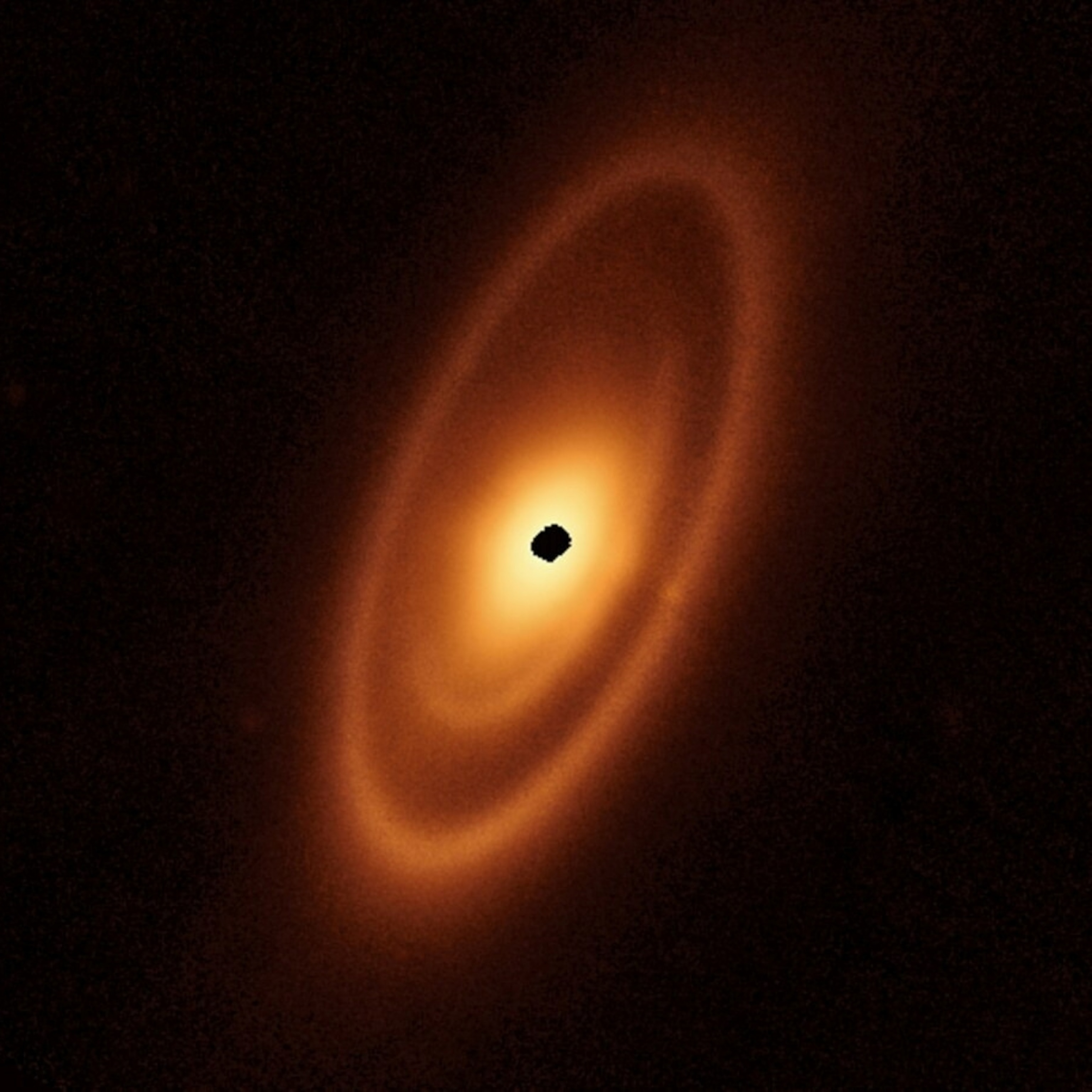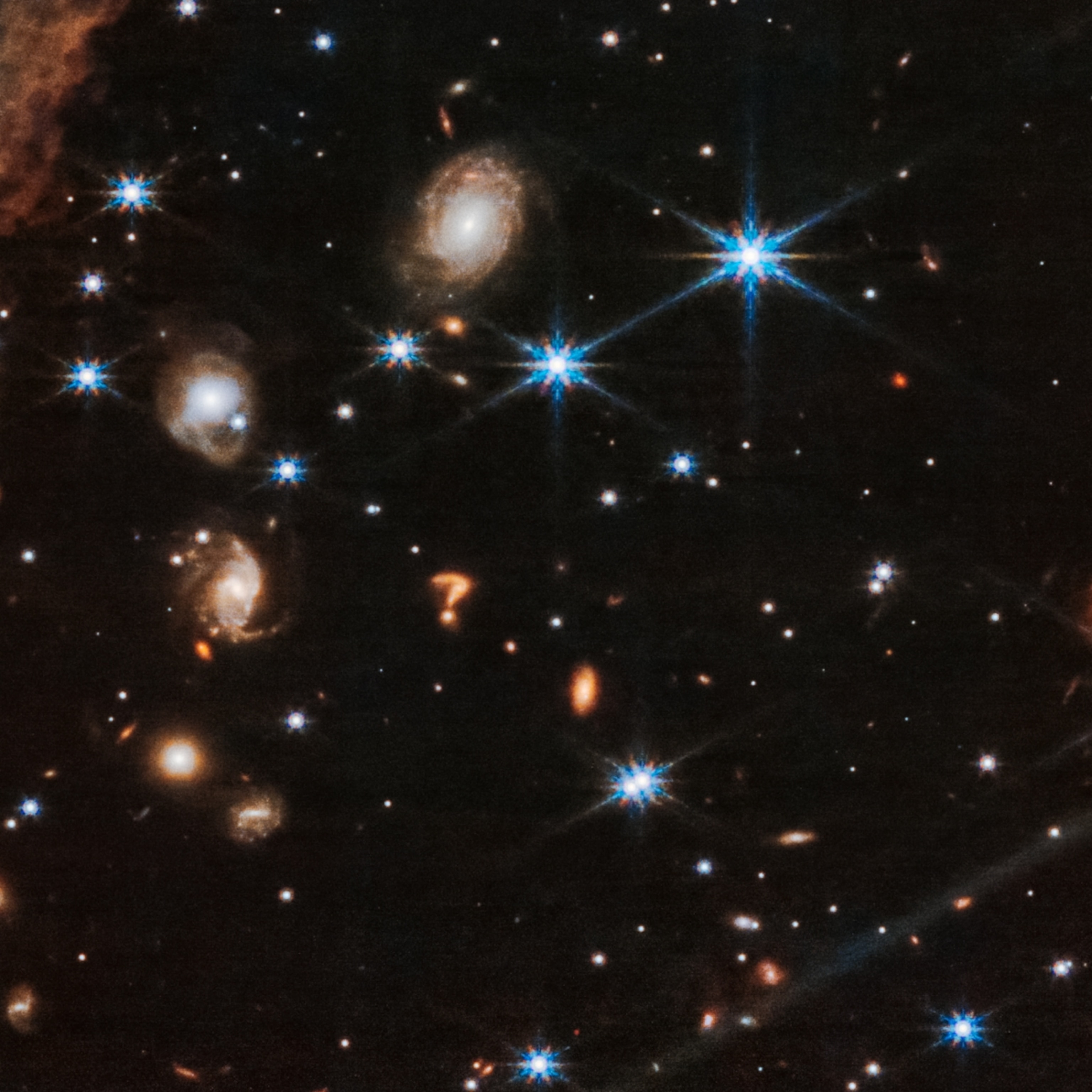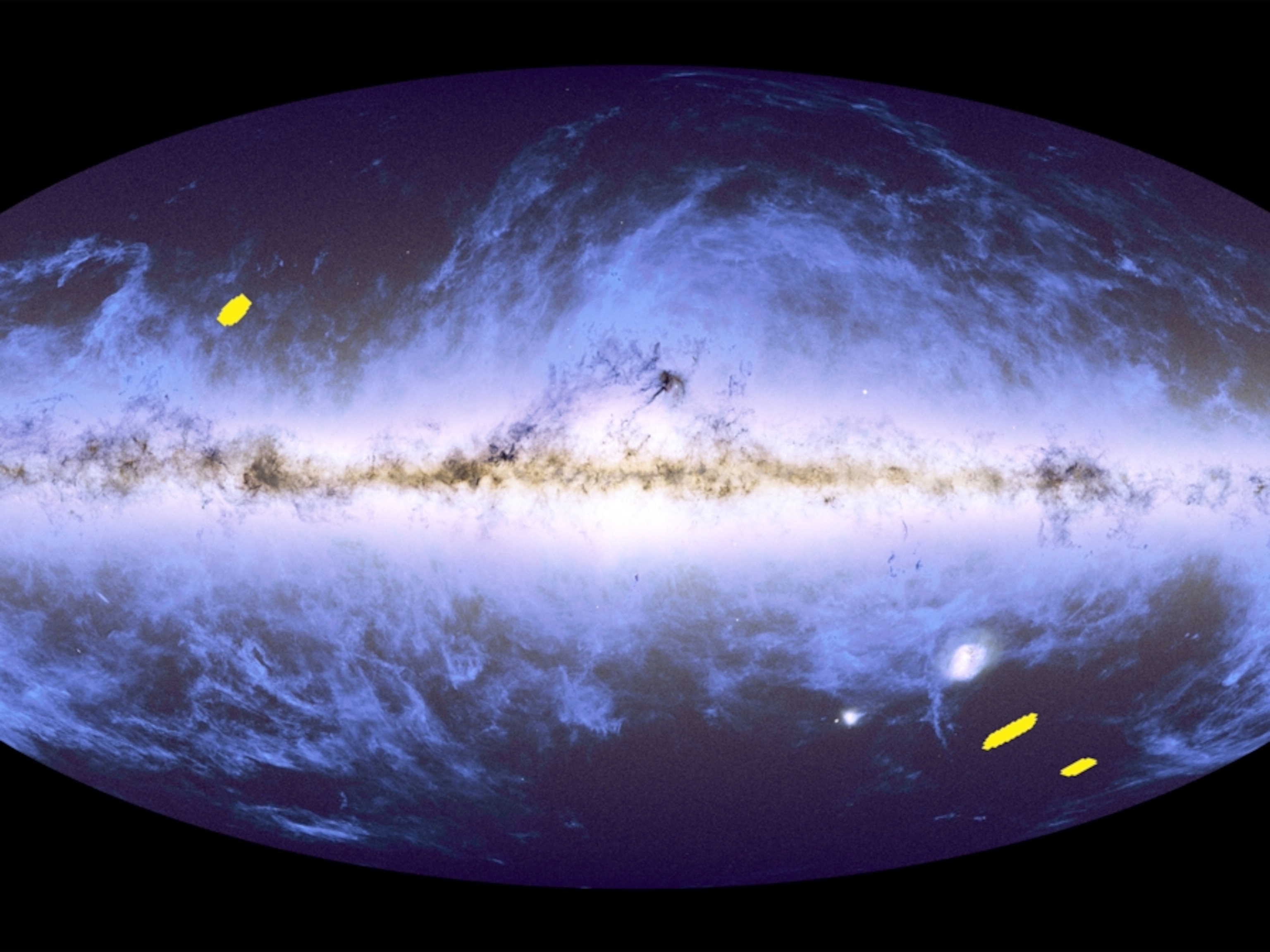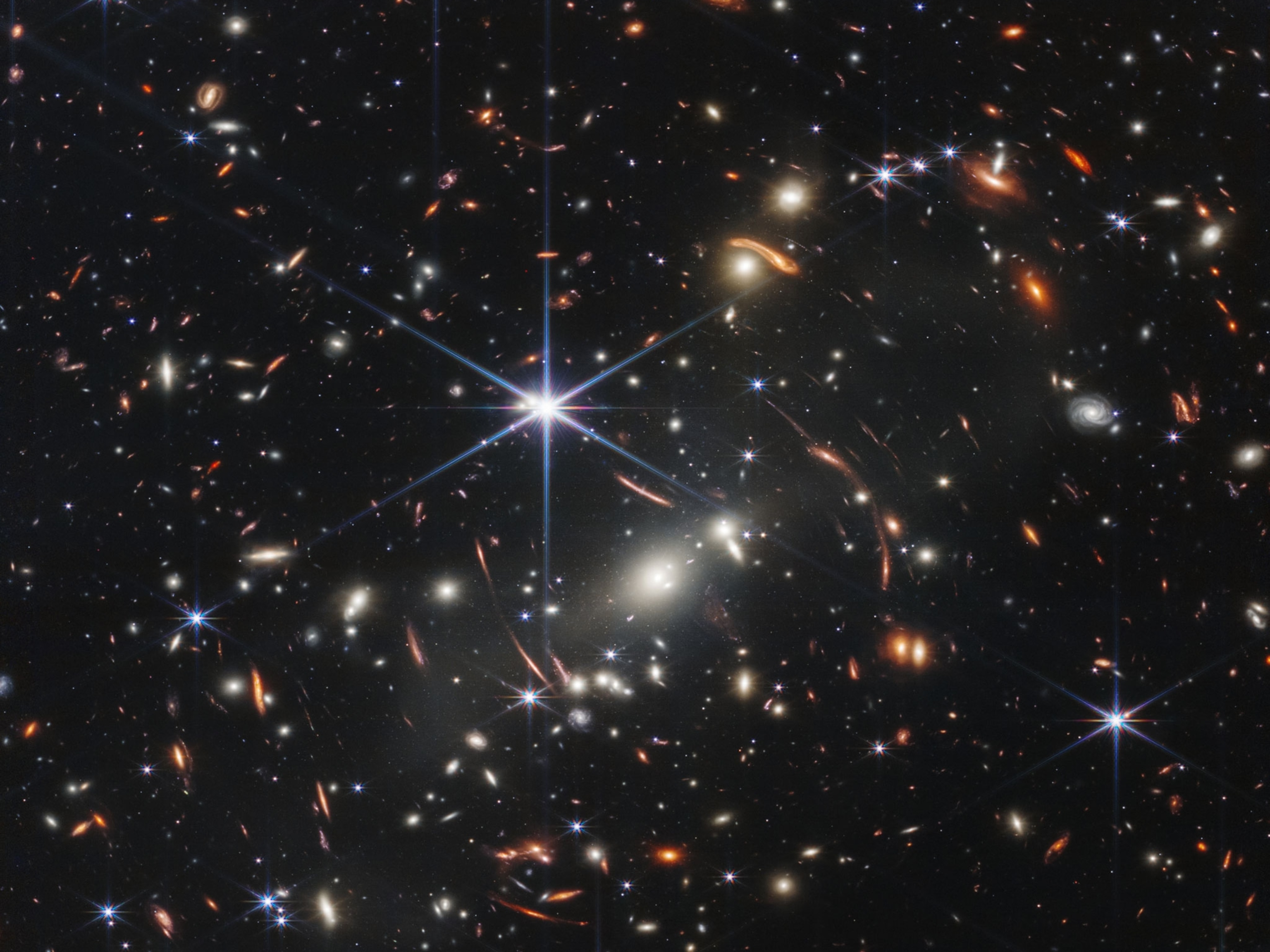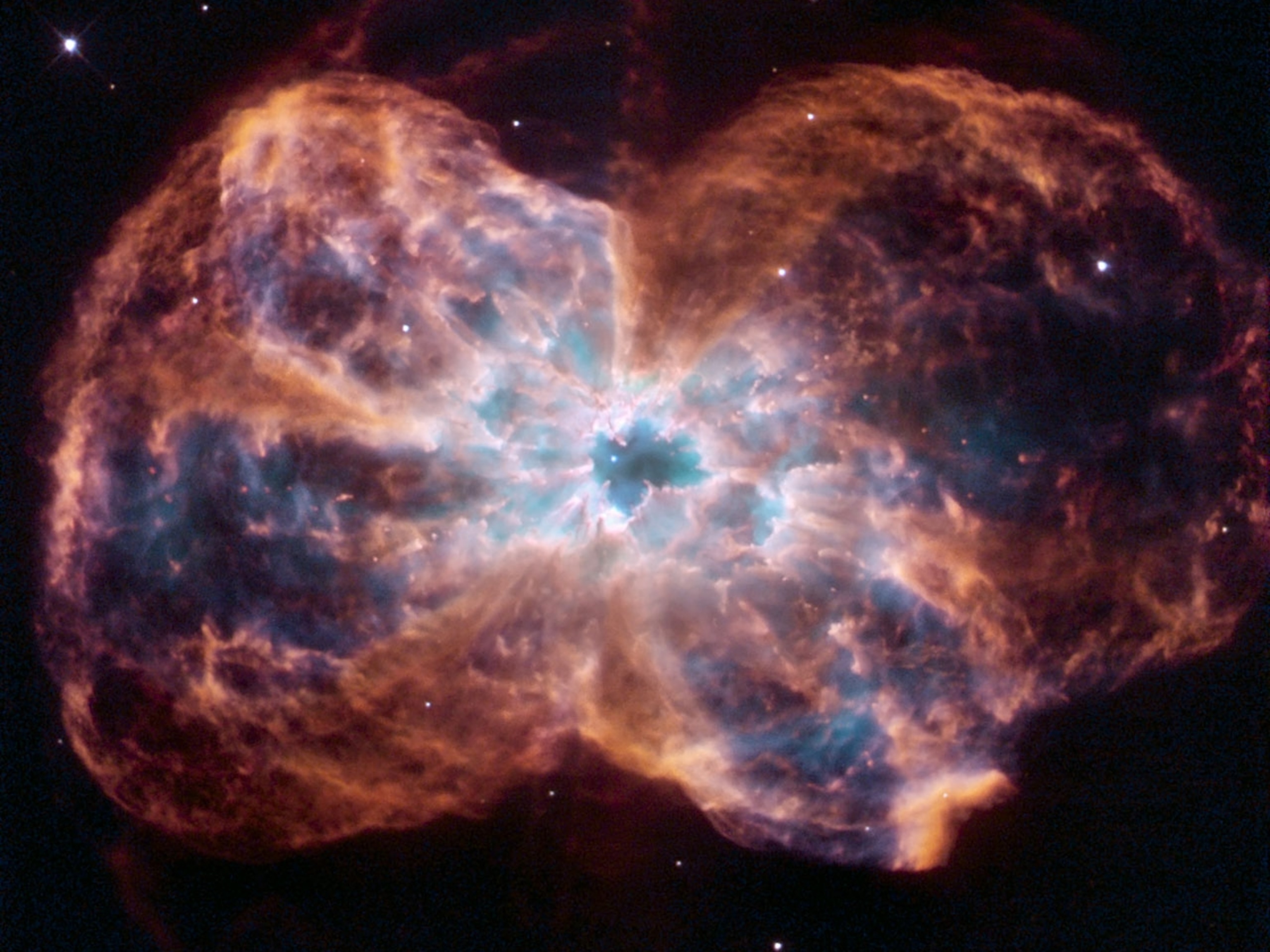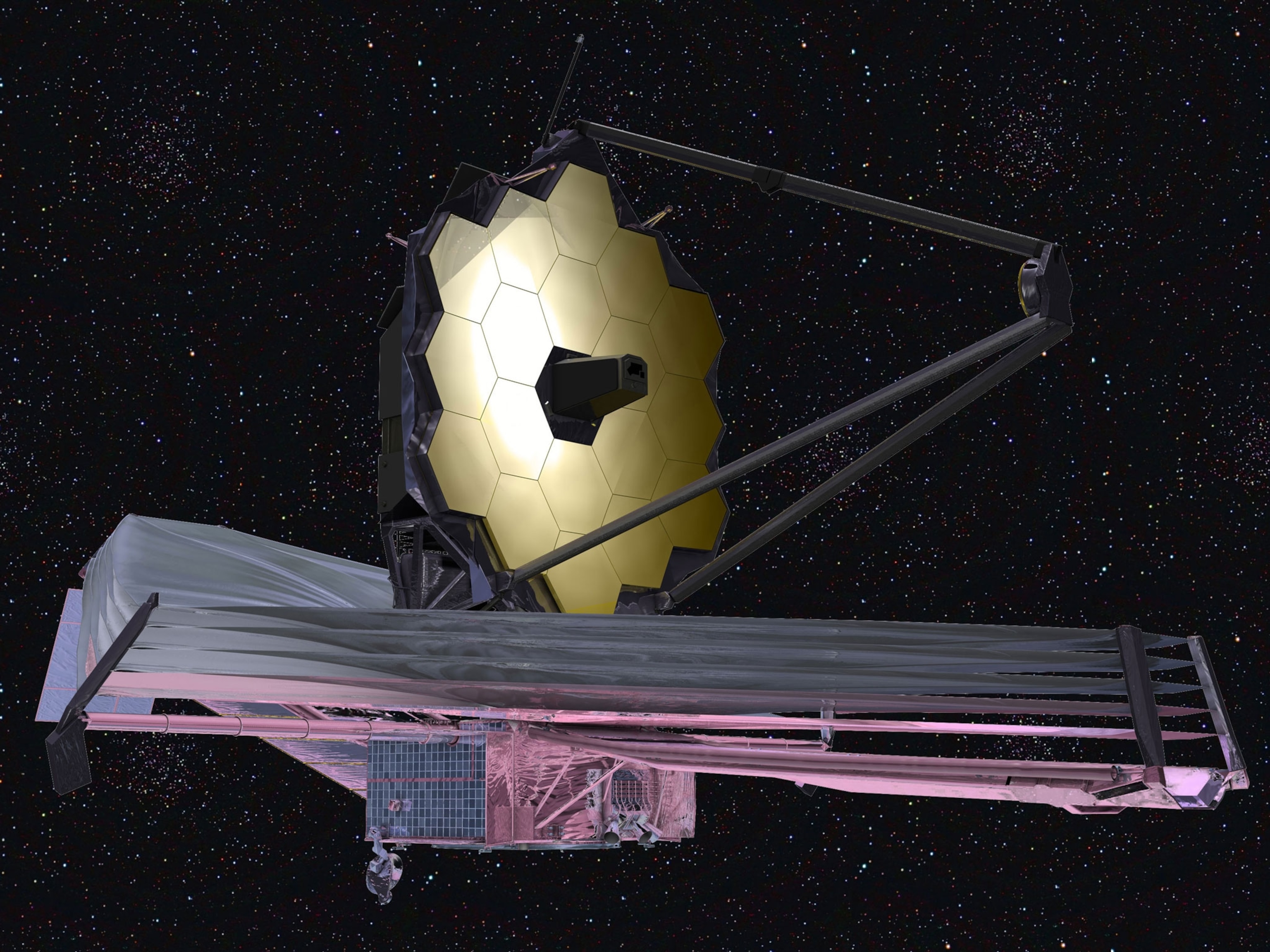
Relief as NASA's most powerful space telescope finishes risky unfolding
The James Webb Space Telescope has pulled off a harrowing sequence of steps that will soon allow humans to peer deeper into the universe than ever before.
The most powerful telescope ever sent into space has survived the riskiest part of its mission: a treacherous deployment involving hundreds of do-or-die steps. Since its launch on Christmas Day, the $10 billion James Webb Space Telescope has spun, stretched, and swung its limbs into their final configuration—a tricky transformation accomplished while hurtling to a point in space a million miles away.
For scientists and engineers working on the mission, and for space enthusiasts following along, it’s been a tense 15 days. The telescope had to perform each step flawlessly, and although engineers had rehearsed the carefully choreographed sequence here on Earth, there was no telling how the observatory would actually perform once it got into space. One mistake in the deployment and the mission could have met a premature—and devastating—end. But on January 8, the telescope’s primary mirror finished unfolding, marking the end of the major deployment sequence.
Over the next five months or so, teams will finish testing and fine-tuning the observatory to prepare for the first science observations. Once configured, the telescope will have the capability to observe the universe over the sweep of cosmic time, capturing images of objects that formed more than 13 billion years ago. Its mission is to tell the story of the universe—to stare back in time and study the infant cosmos, a sizzling realm of radiation and chaos from which stars, galaxies, planets, and people somehow emerged.
In two weeks, the telescope will arrive at its final destination, a point in space known as L2, four times farther from Earth than the moon. And after a nearly perfect rocket launch, JWST could end up studying the universe for significantly longer than its official 10-year lifetime.
It’s an auspicious start to a mission that has had its share of obstacles. Originally slated to launch in 2007, JWST has been burdened by multiple delays, a ballooning budget, threatened cancellations, and controversy over the NASA administrator for whom the telescope was named. After decades of work, the futuristic observatory will finally see the light from the universe’s first days.
“It’s a team that has struggled over time, but look at the amazing perfection that they achieved,” says NASA associate administrator Thomas Zurbuchen. “People need to understand quite how difficult it is. It’s very, very, very hard, and what we’re seeing is really history being made.”
A rocket ride to orbit
NASA’s newest flagship sailed into the sky on December 25 atop an Ariane 5 rocket launched from Kourou, French Guiana. About 27 minutes later, JWST gently disconnected from the rocket’s upper stage, which was outfitted with a camera that captured the observatory drifting away. In those images, the mammoth instrument gleams before the blackness of space, only intruded upon by the blue, curving arc of our planet.
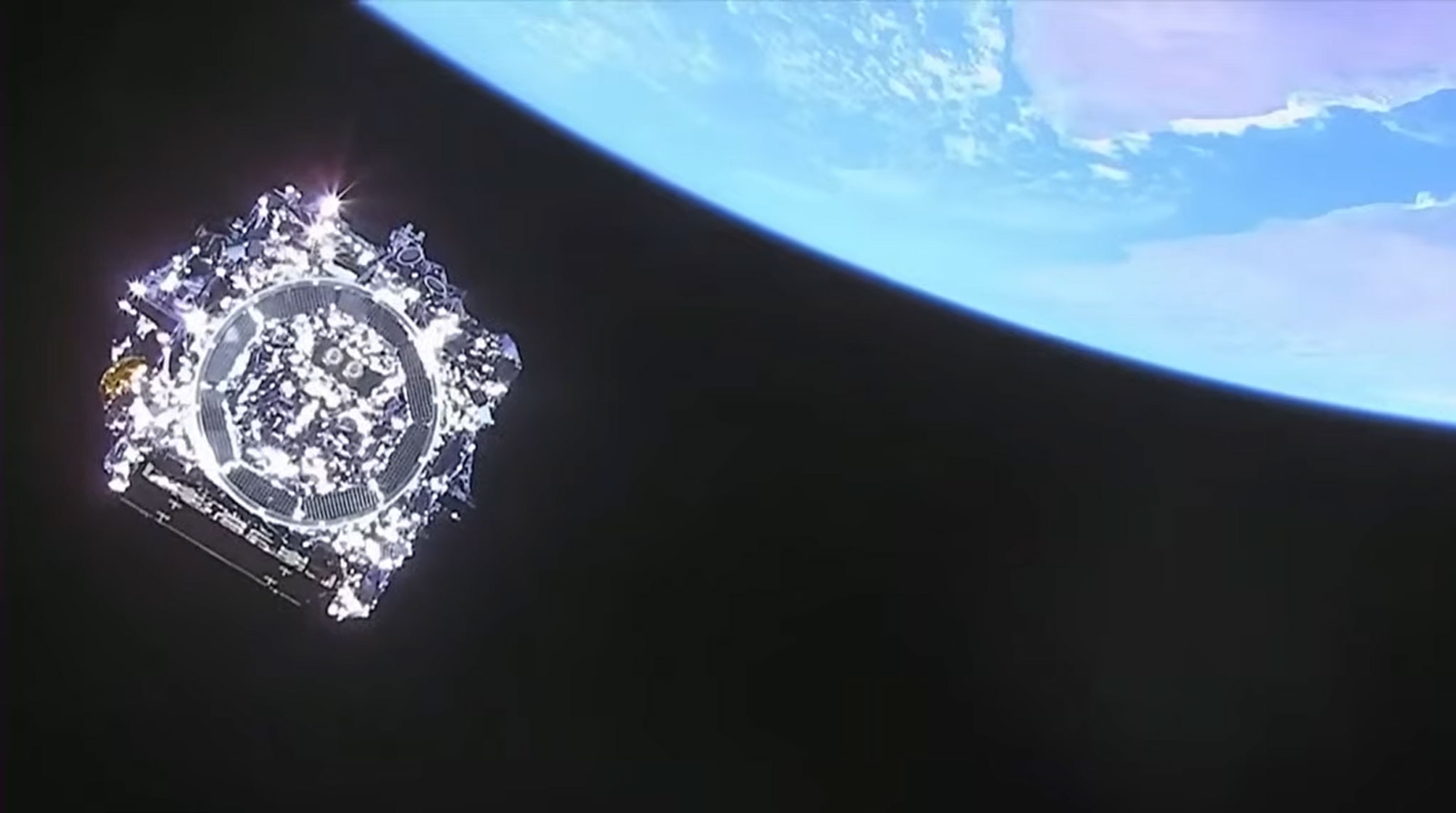
That was the last time humans could see JWST in any detail, although astronomers have been tracking its faint pinprick of light during the journey to L2.
Just before it sailed beyond the camera’s view, JWST extended its solar panel and began harvesting energy from the sun. Without that first crucial step, there would have been no mission. “Without power, you can’t really do much,” NASA deployment engineer Alphonso Stewart told reporters on January 4.
Yet even as launch jitters subsided, scientists and engineers knew the toughest part of the journey was still on the horizon.
Unfurling in space
Fully deployed, JWST is about three stories tall, and its sunshield would cover most of a tennis court. The telescope is so big that it couldn’t make the journey to space in its final configuration.
Engineers folded up its 21-foot-wide primary mirror, tucked in the smaller secondary mirror, and rolled up and stowed its 70-foot sunshield. That delicate, five-layered swath of material helps keep the science instruments chilled to minus 388 degrees Fahrenheit, allowing them to spy the faint infrared signatures of the earliest stars and galaxies—and not pick up warmth from the telescope itself.
“The sunshield is one of the most complicated things we’ve put in space, and necessarily so,” says NASA’s Jane Rigby. “When you look at the science requirements, and what the science needs the engineering to do, that directly leads you to the sunshield.”
All those stowed elements needed to be tightly packed and latched for launch, Rigby says, so the telescope wouldn’t shake itself to bits. Once JWST was on route, it began releasing all those bolts and deploying its various components—a risky dance containing 344 possible points of failure.
Mission teams worked to solve some small problems early on—motors that were running a bit warmer than expected; power anomalies linked to the solar array—and then it was time for the major deployments. Of those, unfurling the sunshield was the most challenging. It needed to be unfolded and pulled taut, layer by layer, without sticking or snagging, kind of like rigging a sailboat—except in space, robotically, and without any margin for error.
Step by step, everything went according to plan. Bolts unlatched. Covers came off. Over 26 hours, cables, pulleys, actuators, and motors guided and stretched those five pin-thin layers into a six-cornered sail to shield the telescope from the sun and Earth. At mission control in Baltimore, teams couldn’t see the process taking place—but they could tell how well it was going based on how much current the motors drew, how hard they pulled and how long they ran for, and how the telescope responded.
By noon on January 4, sunshield deployment was declared a success. This is the first time anyone has deployed a system like this in space, Stewart told reporters. “First time, and we nailed it.”
“WHAT A DAY.” Rigby wrote via email that night. “I’m so relieved.”
Then the telescope’s secondary mirror, which is essential for focusing all the collected light onto the detectors, deployed and latched into place. Without it, the telescope’s eye would just be a big, gold-coated beryllium mirror floating in space.
Finally, on January 8, the huge wings of the primary mirror finished unfolding and locked into place. “We have a fully deployed JWST observatory,” Carl Starr, the mission operations manager, announced as celebrations broke out in mission control.
The golden space telescope’s future
As JWST continues its journey to L2, scientists and engineers are getting the telescope ready to stare into the cosmos. They’re also looking at a mission that could potentially last for much longer than the originally anticipated 10 years. The Ariane 5 delivered JWST so perfectly into orbit that the telescope only needed to spend a small amount of fuel setting a course for L2. Once there, JWST will need to regularly burn fuel to stay in orbit, but the spacecraft now has more gas in the tank than was expected.
While fuel isn’t the only factor that can limit the mission’s lifetime, it’s a big one. For now, NASA won’t pin an exact number on how long that fuel will last, but managers are optimistic.
“We know we have a lot more fuel than the 10 years” that was planned for, says JWST program director Greg Robinson. “What we don't know going forward is how we will have to use the thrusters and fuel to complete the commissioning phase. So it would be very premature to give a gross calculation …[but] for now, I’ll say a lot more than 10 years.”
It’s also possible that a refueling mission could be in JWST’s future, which would significantly extend the mission’s lifetime. Unlike the venerable Hubble Space Telescope—which was repaired multiple times by astronauts—JWST will be too far away to be serviced by humans. But Zurbuchen says that developing the technology for a robotic refueling mission is a priority.
“I asked the team to really look at what we could do—whether there are servicing options for Webb,” Zurbuchen says. NASA doesn’t yet have the technology to refuel JWST, but the telescope was designed with several features that could make a servicing mission possible: a refillable gas tank, removable heat protectors, visual guidance targets, and accessible attachment points.
Similarly, the Nancy Grace Roman Space Telescope—the agency’s next big space observatory, which will join JWST at L2—is also designed to be serviceable. “Make no mistake,” Zurbuchen says. “Refueling [and] servicing is the strategic direction for our big assets. It’s really important.”
There’s no telling exactly what JWST will see when it looks out into space, but the longer its gaze lingers upon ancient galaxies, alien worlds, pulsating stars, or even the moons in our own solar system, the more likely we are to discover something we haven’t even imagined.

